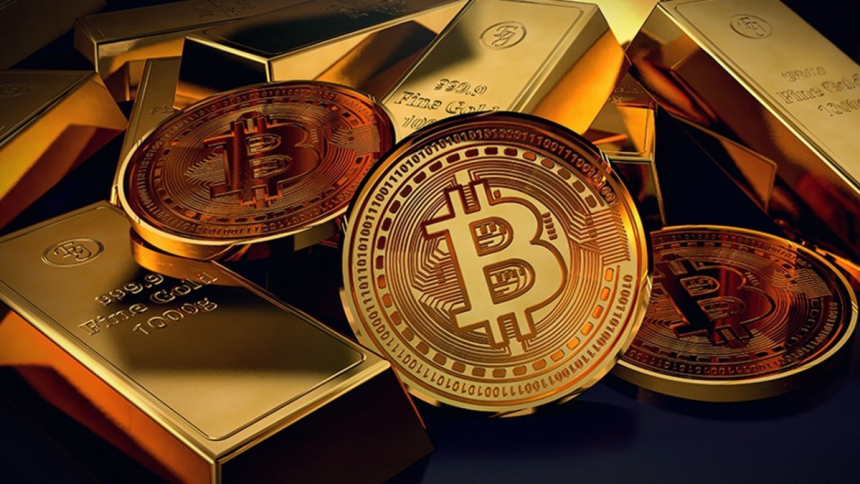Bitcoin has come a long way since its creation in 2009. Over the last decade, Bitcoin has transformed from a niche innovation into one of the most talked-about financial assets of the 21st century. Once dismissed as a tech novelty, Bitcoin is often referred to as “digital gold”, and is quickly becoming a store of value, a hedge against inflation, and a serious contender in the global financial system.
But what does that actually mean, and how can individuals take advantage of this evolving asset?
Understanding Bitcoin’s Emergence as Digital Gold
The term “digital gold” stems from Bitcoin’s scarcity and decentralized nature. Bitcoin was initially launched in 2009 as a decentralized form of money, free from the control of governments and central banks. So like gold, Bitcoin isn’t controlled by a central authority, and its supply is also limited – only 21 million coins will ever exist, making it inherently scarce. This scarcity, combined with growing global demand, has positioned Bitcoin as a modern store of value.
As 21Bitcoin explains, Bitcoin’s limited supply and resistance to censorship make it attractive in uncertain economic environments.
Comparing Bitcoin to Traditional Gold
While gold has long been a trusted store of value, Bitcoin offers several modern advantages.It’s far more portable as there’s no need to store bars in a vault or for physical delivery, and it’s easily divisible, enabling micro-transactions. Bitcoin can also be transferred globally in minutes, with lower fees and greater transparency.
Compared to the logistical and physical constraints of gold, Bitcoin’s digital nature is aligned with today’s fast-paced, tech-driven economy. As OSL highlights, these features make Bitcoin a compelling alternative for the modern investor.
Institutional Adoption and Market Confidence
Institutional interest in Bitcoin has surged, adding legitimacy to its role as a long-term asset. From hedge funds to publicly traded companies, large entities are now buying and holding Bitcoin as a long-term asset. In a headline-grabbing move, Trump Media & Technology Group recently announced plans to raise $2.5 billion to establish a “bitcoin treasury,” underlining how seriously institutions are taking it. Moves like this reflect the growing popularity and confidence in Bitcoin’s staying power and help to reduce the perception of it as a purely speculative asset. As Nasdaq reports, this momentum could signal Bitcoin’s steady evolution from a speculative asset to a mainstream financial tool.
Practical Ways to Utilize Bitcoin
Bitcoin isn’t just about investing – it’s also a practical currency. You can now use it to shop online, donate to charities, or even pay for travel and accommodations. Many companies and businesses across the globe are increasingly accepting Bitcoin as payment, and various payment platforms also allow users to pay with Bitcoin while converting it to fiat currency in real time.
To convert Bitcoin into cash for everyday use, locating a Bitcoin ATM near you can provide a convenient solution. These machines let you buy or sell Bitcoin locally, giving you instant access to your funds when needed.
Securing and Managing Bitcoin Investments
As with any digital asset, keeping your Bitcoin safe is essential. Use reputable wallets, hardware or software, and enable security features like two-factor authentication and use strong, unique passwords. It’s also wise to stay informed about the latest cybersecurity practices. Make sure to monitor your investments and review your portfolio regularly. Managing your Bitcoin securely ensures that your investment stays intact as its value grows.
Lynn Martelli is an editor at Readability. She received her MFA in Creative Writing from Antioch University and has worked as an editor for over 10 years. Lynn has edited a wide variety of books, including fiction, non-fiction, memoirs, and more. In her free time, Lynn enjoys reading, writing, and spending time with her family and friends.















